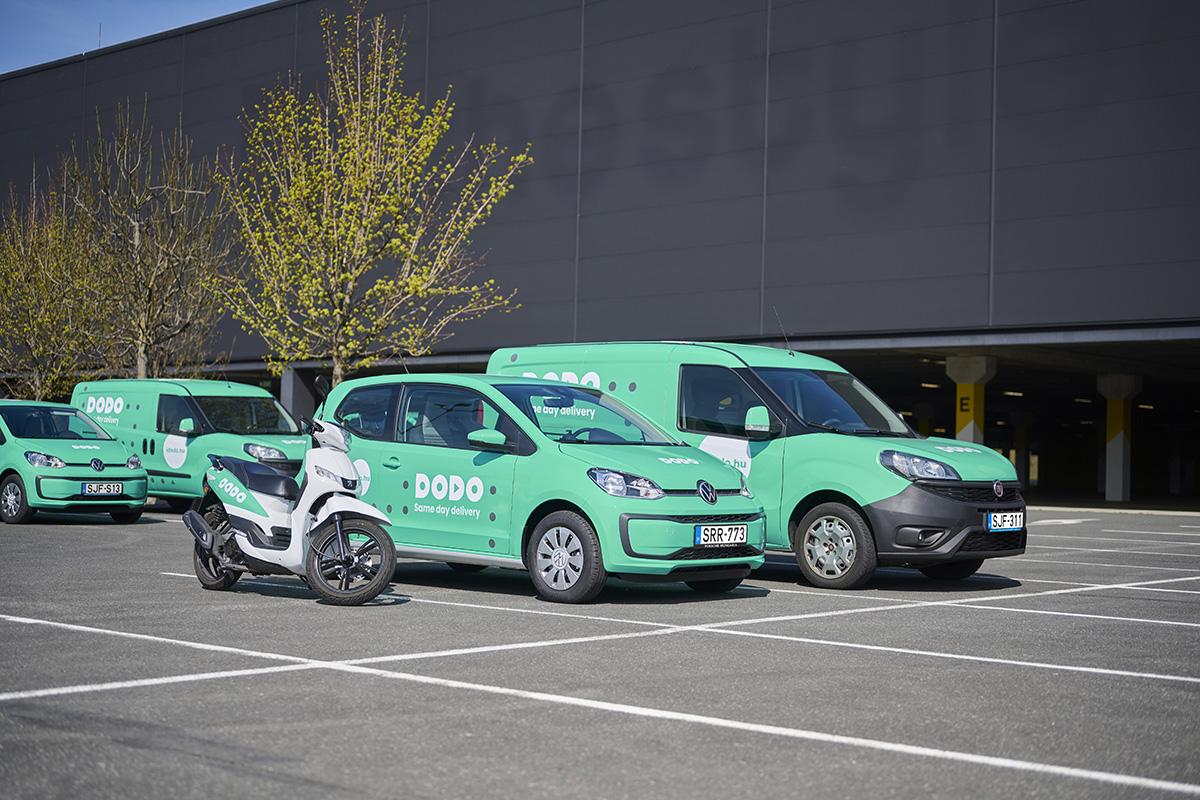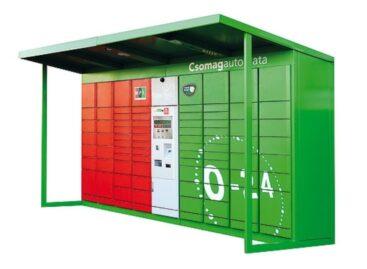Generation gap among online customers: the younger they are, the faster they want to receive their order
For younger customers, the speed of delivery is particularly important in Hungary: almost half of Generation Z have already abandoned the online ordering process after selecting the products, because they did not find the offered delivery time fast enough – this is revealed by the last-mile urban delivery specialist that specializes in same-day delivery from the latest, representative Hungarian research of DODO, which offers logistics services*. While members of Generation X (ages 42-58) also find home delivery solutions with a time window suitable, those of Generation Z (ages 18-26) already expect same-day or even 90-minute delivery.

There is also a significant difference in the frequency of online orders between the different age groups: members of Generation Z shop online more times per week (10 percent) and per month (59 percent) than members of Generation X. In view of the more frequent home deliveries, it is not surprising that 57 percent of the 18-26 year olds surveyed would be willing to pay an extra amount – HUF 1,500-2,500 – for same-day delivery, which is in line with the fact that 67 percent consider speed of delivery to be one of the most important factors when shopping online during. The representatives of both generations agree that they primarily order to their home or workplace, but there is already a difference in the frequency of online shopping.
35 percent of the 44-58-year-olds participating in the research, while 42 percent of the 18-26-year-olds, interrupted an online purchase last year during which they had already selected at least one product, but the delivery options did not include fast enough delivery, and the Z- 3 out of 10 members of the generation did not buy from an online store again because they previously felt that the delivery was too slow.
The possibility of home delivery within a time window is important to two-thirds of the elderly, while more than half of the younger ones. This clearly shows that it is more important for the X-generation to be able to adapt online order pickup to their own schedule. Members of Generation Z, on the other hand, expect delivery as soon as possible, within 90 minutes or on the same day after ordering. The younger the customers, the faster they are looking for home delivery options. This may be related to the fact that half of Generation Z are impulse buyers, that is, they make purchases several times a month without planning them in advance, compared to the representatives of the older generation, for whom this is characteristic of just over a quarter.
The generational differences in online shopping can also be felt in the product categories and the frequency of their orders. Home delivery of food is preferred by members of Generation Z with 75 percent, most of whom want to receive their order within 90 minutes. The research also reveals that younger people are more likely to shop online for clothing and pet equipment, and twice as often for sports equipment and cosmetics as older people. Regardless of the product, the impact of delivery on the environment is not a minor factor either. This is especially important for younger people, since environmentally friendly delivery is a decisive factor when shopping for more than twice as many Generation Z people as it is for older people.
It can therefore be said that in Hungary the X- and Z-generations also primarily request their online orders to be delivered to their home or workplace, but the demand for faster home delivery is mainly typical of 18-26 year olds, among whom the speed of delivery is even a factor influencing purchases. it can be, as can be clearly seen from the survey of DODO, an international smart logistics company specializing in same-day delivery.
* The quantitative research was carried out by the Behavio Labs market research agency on a representative sample of 1,200 Hungarian online shoppers by age, gender and region, between March 24 and April 11, 2023. Data collection method: online questionnaire survey.
Related news
Magyar Posta dissociates itself from the responsibility of checking the contents of “spoofed packages”
Magyar Posta distances itself from responsibility for checking the content…
Read more >6 in 10 Gen Zs prioritise user experience and trustworthy reviews
Over 75% rely on reviews and customer service when shopping,…
Read more >eMAG accepts same-day delivery in Budapest and Pest County
eMAG has made significant logistical improvements, thanks to which orders…
Read more >Related news
Grilling cheese didn’t go up in smoke
The average price of grilling cheese is much higher (nearly…
Read more >What do shoppers say about the new retail tools?
At the beginning of the year, Consumer Panel Hungary GfK–YouGov asked panel…
Read more >Special foods ranking: 1. Diabetic, 2. Low-carb, 3. Lactose-free
Different special diets and foods are frequently discussed, and it…
Read more >







